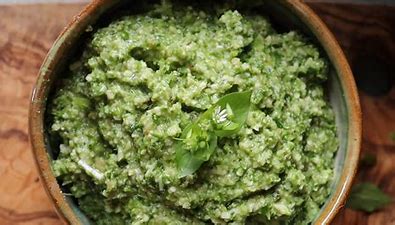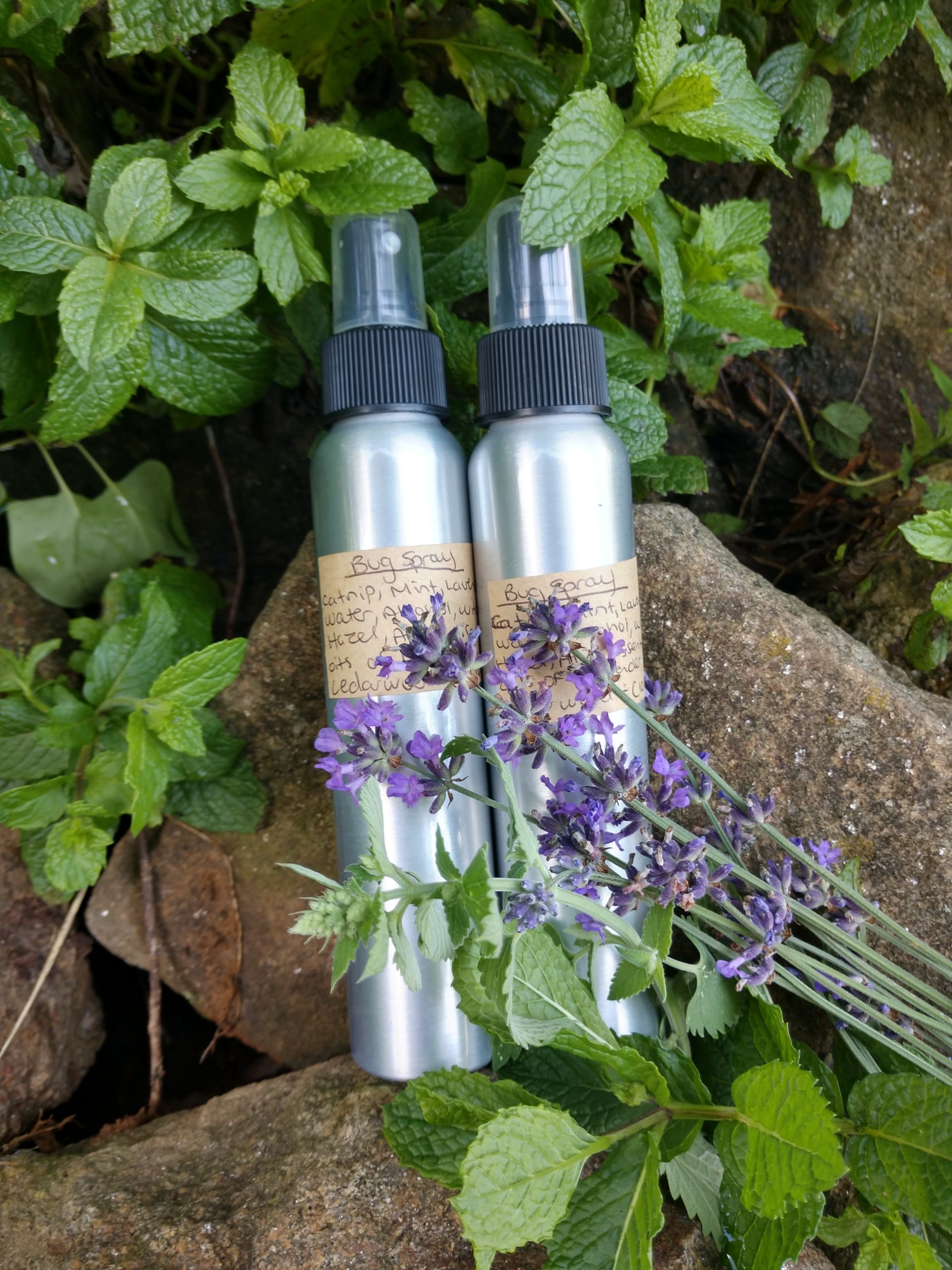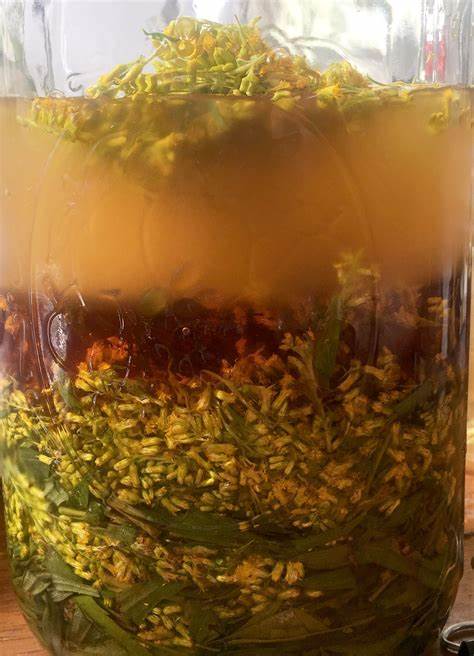

It is so easy to make your own effective bug spray. This recipe will be for a bulk quart size jar, so you will have plenty of chemical-free bug repellant to share with friends and family.
DEET may cause anything from skin rashes, nausea, headaches, chest pain, and even seizures when applied topically to the skin. Children, elderly, and those with compromised immune systems are at most risk for experiencing symptoms of toxicity from the use of DEET. This neurotoxin also affects aquatic, bird, and other wildlife.
We are surrounded by natural things in this world that are safe to apply topically and do not harm our environments. Things that are extremely aromatic in nature, tend to be great deterrents of pest. We even make simple tea sprays of mint to treat different pests on plants in our garden. You can put a few drops of mint on cotton balls and place in corners of your house to deter spiders too.
Here’s how you can make an effective, safe, and beyond natural bug spray.
Ingredients:
Directions:
*Alcohol acts as a natural preservative
*Witch Hazel acts as a humectant to help the natural bug spray stick to your skin, without the sticky feeling
*Aloe or Glycerin prevents the skin from drying out and further supports sensitive skin types
* Neem oil is a natural deterrent for ticks
Cedarwood
Lavender
Clove
Geranium
Lemongrass
Peppermint
Spearmint
Citronella
Basil
And many more….

I am a Plant Extrovert, Farmer, Herbalist, Teacher, Wild Wombyn, Mother and Daughter.





